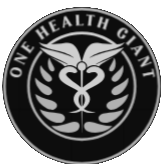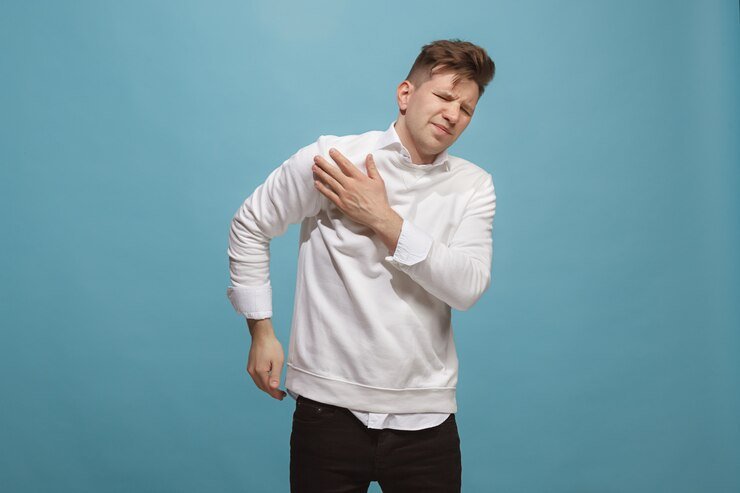Recognizing the signs will help you avoid missing a stroke or recognizing it too early. In these cases, immediate action is required to initiate treatment as soon as possible.
The one moment Dunja Delker will never forget in her life is when she lay in an ambulance, dazed from dizziness and pain, watching her husband hold her baby in his arms and hold the hand of her five-year-old son in front of their house.
“How will all this go without me?” she asked herself when faced with the sudden separation from her children, a shock stronger than her diagnosis, a stroke, at just 38 years of age.
“You don’t expect to experience this at 38,” he laments. He is now 43.
A stroke can affect anyone
More than 80 percent of stroke patients are over 60 years old. But anyone can suffer a stroke, from infants to the elderly, says neurologist Thomas Kloss, director of the Neurological Clinic at St. Elisabeth Hospital and the LWL Clinic in Gütersloh.
In a stroke, about 1.9 million nerve cells die every minute. In just a few minutes, neurological damage can be irreversible.
Smokers and people with overweight, high blood pressure, or diabetes mellitus are at-risk groups. Dunja Delker did not belong to any of these groups. She played sports, did not smoke, and rarely drank alcohol. However, she suffered a stroke.
It started with dizziness and headaches
It all began in February 2015, the morning after Carnival Day. She woke up with severe dizziness, a headache, and balance problems.
“It couldn’t have been a hangover,” Delker says. “I drank two glasses of champagne at most,” she says. Dunja Delker felt unwell all day. The next morning she couldn’t even get out of bed. Her husband called an ambulance, and everything happened very quickly.
Dunja Delker was admitted to the nearest stroke unit. These are specialized stroke units that can diagnose strokes within a few hours and begin treatment immediately.
“Every patient suspected of having a stroke is admitted to such a unit,” says Professor Claus-Martin Muth, an emergency physician and head of the Department of Emergency Medicine at the Anaesthesia Clinic at the University Hospital in Ulm in the southern German state of Baden-Württemberg.
“The sooner treatment is started, the better,” says neurologist Kloss. However many patients do not reach hospitals in time. “Often, symptoms are identified too late or are not interpreted correctly,” warns Muth.
Signs of a stroke
To avoid this, use the so-called FAST on-site test. The letters represent the English words: face, arms, speech, time.
“When there are signs of a stroke, part of the face often becomes paralyzed. The affected person should be asked to smile. If it is difficult for them, it is a clear sign,” explains the anesthetist.
Immediate help should also be sought if the person cannot raise both arms at the same time, or if speech seems incoherent. Other telltale signs include dizziness and instability when walking, numbness, and severe headaches.
“If only one of the symptoms occurs, you need to act quickly,” Muth advises. “Even if the symptoms subside on their own,” he adds. A transient ischemic attack (TIA) could be the cause. Symptoms usually disappear after a few minutes or hours.
“A TIA is often a harbinger of a stroke and is a reason to call or go to the emergency room or call an ambulance, even when symptoms are no longer noticeable,” according to Dr. Kloss.
Until the ambulance arrives, those present should provide first aid. “If the person is conscious, they should lie down or sit up slightly elevated and not be left alone. If they are not breathing, CPR should be started immediately,” advises Dr. Muth.
Luck in misfortune
Dunja Delker waited too long before realizing the seriousness of the situation, but was lucky despite the misfortune: Although it took too long for her to receive treatment, she suffered little damage.
Five years after suffering a stroke, the journalist only feels a tingling sensation on the right side of her body when she exerts herself. And she has one eye slightly more closed than the other.
Delker now turns to support groups, where she meets people who have been through the same thing as her, to regain confidence in her body.























+ There are no comments
Add yours